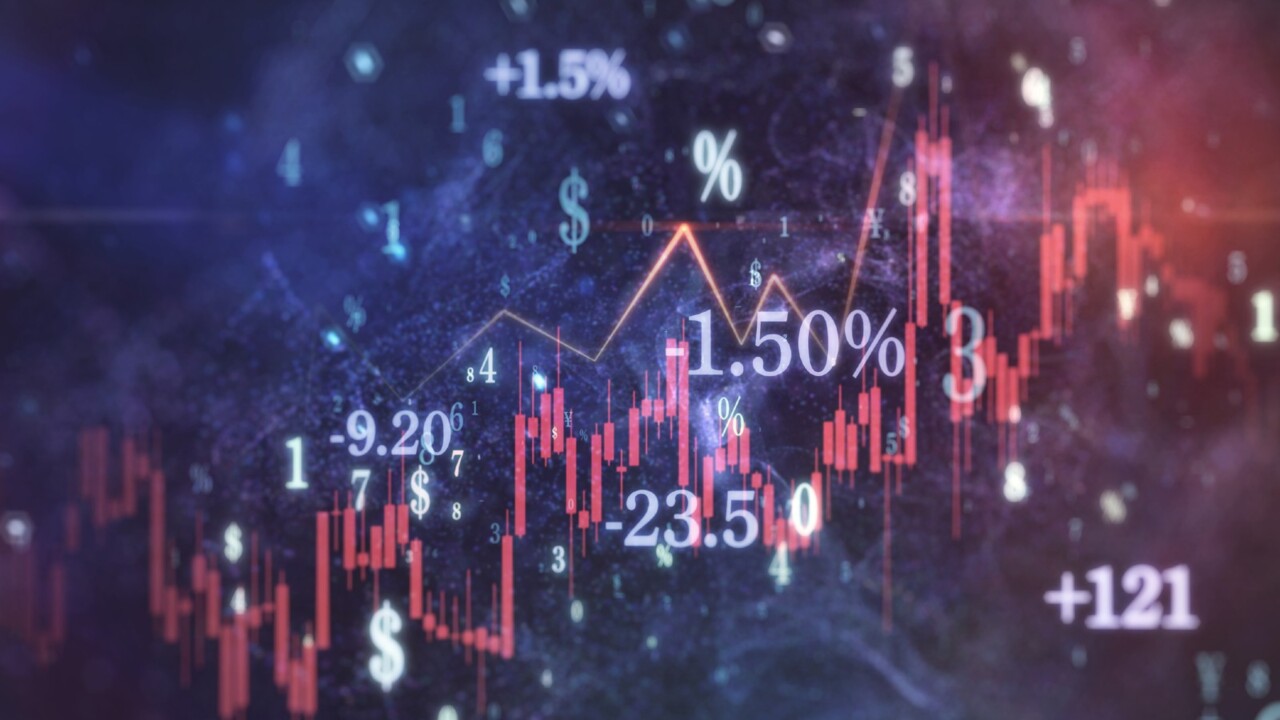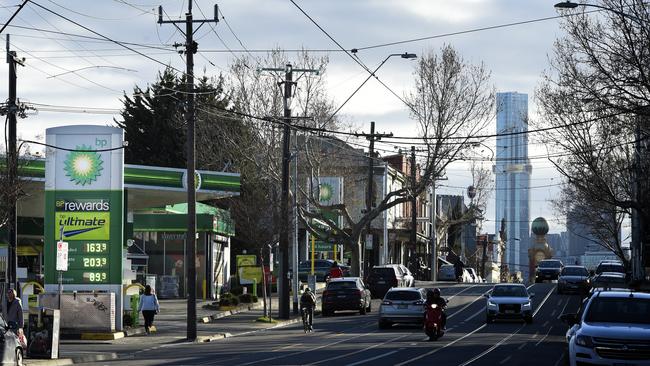Reserve Bank set to leave rates on hold in May as inflation slows in March to 7pc
The chances of the Reserve Bank leaving rates on hold next week have been bolstered after inflation fell from a three-decade high in the March quarter.

The case for the Reserve Bank to leave interest rates on hold next week has strengthened after inflation slowed over the March quarter, driven by a fall in the prices of fuel and goods.
The Consumer Price Index (CPI) indicator rose 7 per cent annually in the first quarter, according to the latest data from the Australian Bureau of Statistics (ABS).
Financial markets had expected the CPI to decrease from 7.8 per cent in December to 6.9 per cent in March, according to Bloomberg.
IG market analyst Tony Sycamore said the result was low enough for the RBA to keep the official cash rate on hold at 3.6 per cent for the second straight month after 10 consecutive rate hikes.
“If core inflation was higher than expected, it will likely see the RBA act on its tightening bias to hike the cash rate again as soon as next month,” he said.
The biggest contributors to the 1.4 per cent quarterly increase in consumer prices was a 14.3 per cent jump in gas prices over the three months, a 9.7 surge in tertiary education costs, a 4.7 increase in travel prices, and a 4.2 per cent lift in the price of medical and hospital services.
“Prices for medical and hospital services typically rise in the March quarter as GPs and other health service providers review their consultation fees, and the Medicare Safety Net is reset at the start of the calendar year, ABS head of prices statistics Michelle Marquardt said.
Strong demand for holiday travel over the school holiday period and the return of major events to some capital cities resulted in price rises for domestic accommodation. These increases were partially offset by small price falls for domestic airfares following significant price rises in recent quarters.
Food prices rose at a faster rate than headline inflation at 1.6 per cent, driven by fruit and vegetables (2.4 per cent) and snacks and confectionary (4.1 per cent).
“Potato shortages due to wet weather in key growing regions late last year led to price rises for both potato crisps and frozen potato products, while higher edible oil and packaging prices also contributed to the rise for a range of snack products,” Ms Marquardt said.
The RBA’s preferred method of measuring inflation — trimmed CPI — fell from 6.9 per cent in December to 6.6 per cent in the quarter.
Prior to the release of the data, markets had prices in less than a 20 per cent chance of a rate hike at next month’s meeting, but experts said that a higher than expected result would have seen a significant risk in a rate rise.

Betashares chief economist David Bassanese said that although the result was slightly higher than expected, it provided reassuring evidence that inflation likely peaked late last year.
“There’s a good chance the RBA won’t need to raise interest rates again this year. Instead, I still see scope for a rate cut on or before Melbourne Cup as the economy slows – and especially if the currently red-hot US economy tips into recession,” he said.
Mr Bassanese said that scenario would likely be at risk if wage growth started to jump to quickly and/or consumer spending staged a “feisty ” rebound.
Minutes from this months RBA meeting showed that the move to leave rates on hold in April could be temporary, adding that “monetary policy may need to be tightened at subsequent meetings”.
“The purpose of pausing at this meeting was to allow time to gather more information,” the RBA said.
“They thought that the Board’s future cash rate decisions would depend on developments in the global economy, trends in household spending and the outlook for inflation and the labour market.”
The result was its lowest reading since the June 2022 quarter. Annual inflation for goods of 7.6 per cent was down from the 9.5 per cent recorded in December, due to price falls for goods such as furniture, household appliances and clothing in the March quarter, as well as automotive fuel prices easing in recent quarters.




To join the conversation, please log in. Don't have an account? Register
Join the conversation, you are commenting as Logout